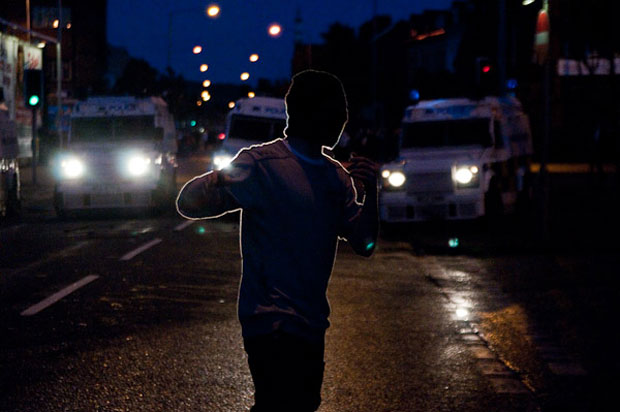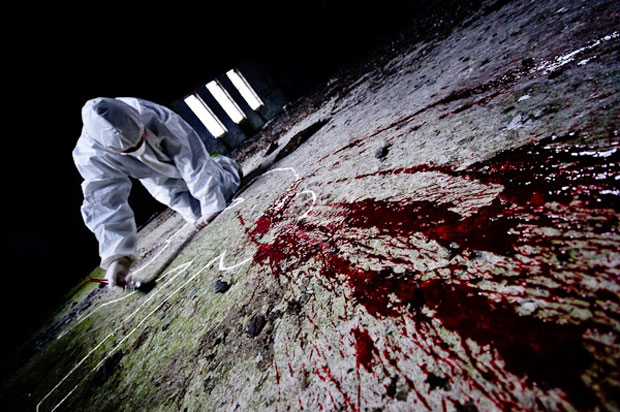Being a bit of an adrenalin junkie, my photographic passion is photojournalism and documentary photography, particularly ‘hard news’. When I hear of any newsworthy event through the grapevine, I jump in the car and try to get into the thick of the action. This form of photography is a challenge – how to get the shots you need without influencing or disturbing the environment in which you’re shooting?
Schrodinger’s Cat paradigm can be paraphrased to say that when you point a camera at a person, their behaviour will immediately change, so sometimes you have to be subtle and pretend you’re shooting something else or shoot when people are otherwise distracted.

Documentary photography is all about telling a story in a single photograph (as that is usually all the newspapers have room for), and there are two ways to approach this: a scene-setting image which includes the whole scene, what is happening, and who is there (this is the bag-shot, and is usually the one that everyone takes); or take a risk to find a unique angle which also tells a story by concentrating on a single element (this is the shot that will stand out and get you recognised or on the front page).
Hard news is risky – you get challenged by people who don’t necessarily want their photograph taken, don’t know who you are, and misunderstand your intent. It’s all part of the challenge. One thing I’ve learned is to do your research in advance (if possible), and make sure you talk to the people who are (ahem) ‘in charge’. Introductions through contacts are always invaluable.
I recently gained two photographic qualifications. The first was a City and Guilds Level 2 in General Photography. Of my three panels, my favourite was my chosen subject of “Criminality” – a set of ten images which told the story of a robbery which goes wrong. The second was an ONC Level 2 in Documentary Photography.

The most important thing to remember is that no matter who you are, or how long you’ve been photographing, you will never know everything. Having only been at this game for a relatively short time I’m always looking out for other photographer’s work to try to learn: Why did they take that shot? How did they get to that location? How did they gain the trust of those around them? What risks did they take? How did they manage to get their timing just right?
Only by examining at the work of others can you begin to improve your own and learn new techniques.
“At its best, photojournalism is both the mirror and window, a means to enlightenment that connects subject and viewer through the heart, eye and mind of the photojournalist. It’s the photographer’s responsibility to show truth with the camera” – Tom Kennedy
Wow – that second shot especially is crazy! Interesting work and niche that you’ve found.
This reminds me so much of the show CSI. I am glad you have found what you like best and can actually make a living in it. I still have yet to shoot portraits like I want, but I will get there eventually. Thanks for sharing your photos.
Thanks for the comments, Chris.
Adrian – find something that interests you, and don’t worry about what you think other people want to see. I’ve a ‘dark’ sense of humour, so I reflected this in my Criminality series. This married well with my documentary work, particularly here in Northern Ireland where we’ve had a turbulent and violent past. Nomatter what it is, if it interests YOU, then shoot it and make it your style.
Check out my other website at http://www.aurient.co.uk. The photos start out as ‘nice’ portraits etc, for my customers to see my commercial work, but later turn darker and focus on the seedier side of society.
In the nicest possible way that second photo isn’t very pleasant. But it was also the best photo. Love how its shot, even though its a bit unnerving :S